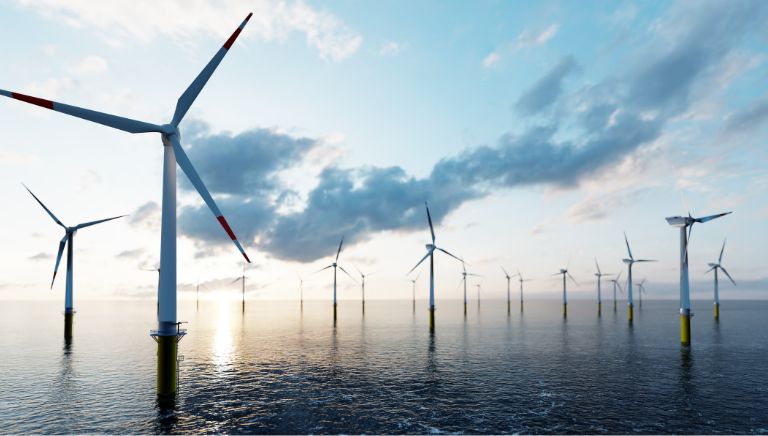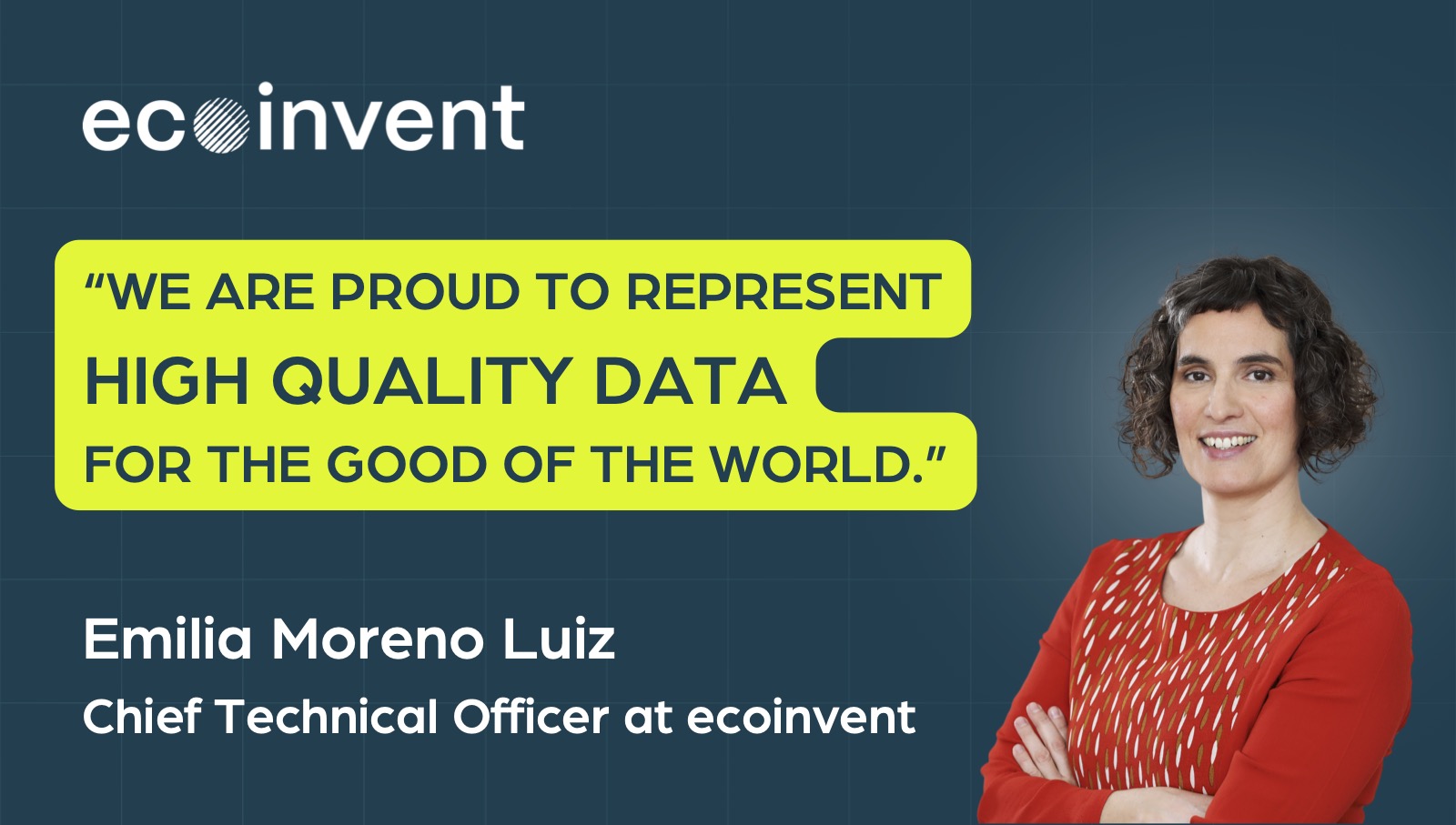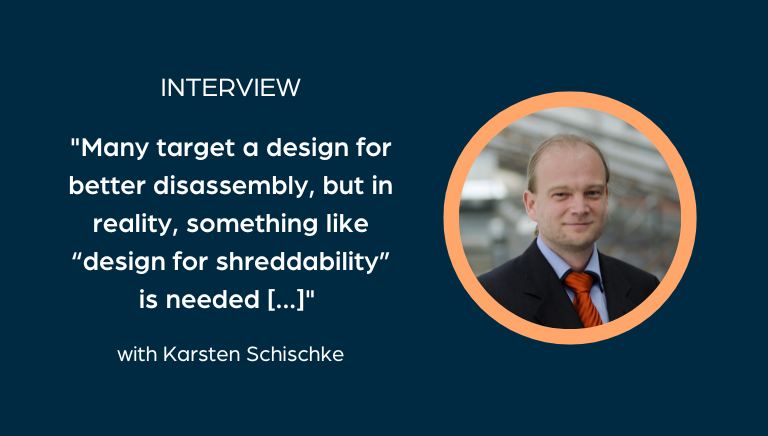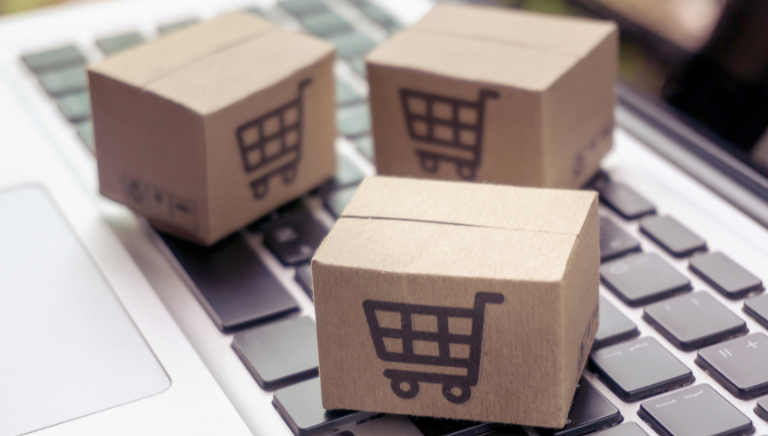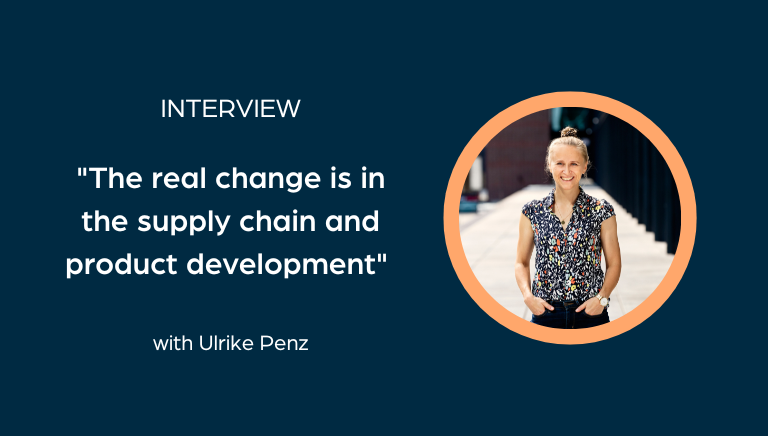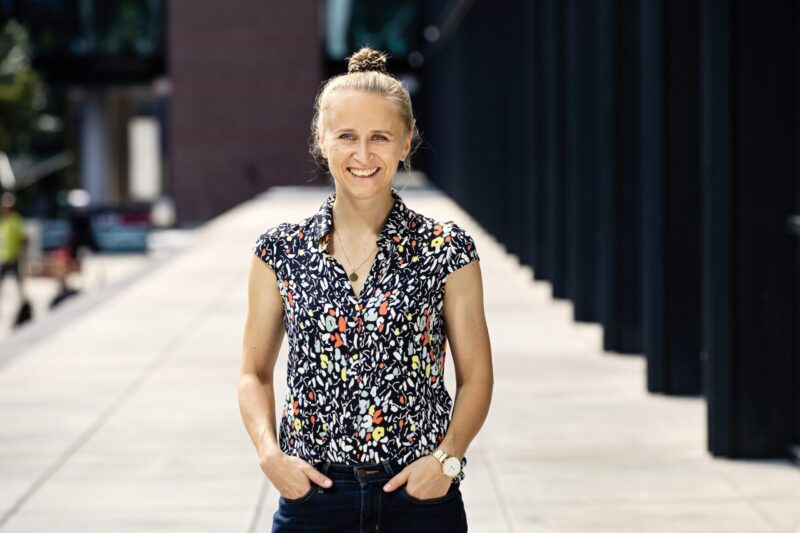Pursuing sustainable practices is no longer a luxury; it’s a necessity.
As seen in Supply and Demand Chain Executive
Carbon dioxide levels, e.g., in one year, from 2020-2021, grew more than the average annual growth rate over the last decade. You will find plenty of other examples on topics such as land use, biodiversity loss, etc.
Therefore, decreasing carbon emissions and improving the sustainability of global supply chains is imperative if we hope to slow further growth in carbon emissions.
Sophie Kieselbach, Senior Implementation Engineer for Sustainability at Makersite, provided her insights into the top 5 trending sustainability topics for 2023 that should be considered in every company’s sustainability journey.
EU Taxonomy
The purpose of implementing the taxonomy system throughout the European Union is to steer economic development in a sustainable direction. This system relies on regulations, classifications, and a list of environmentally sustainable economic activities that companies must abide by as they continue to scale their businesses.
What we are seeing now is many companies that have not traditionally considered the environmental ramifications of their manufacturing processes are attempting to change quickly to classify themselves within the new taxonomy system due to increased financial pressure. It is, therefore, of uttermost importance to speed up and follow the guidelines if a company wants to avoid cuts in investments.
Net Zero
In order to achieve Net Zero emissions, companies need to gain a quick and clear understanding of how they can cut down on carbon emissions.
Most companies already have identified their main contributors. Still, the struggle for the upcoming year(s) will be identifying where exactly in the supply chain the carbon emissions come from and, even more, stepping in and implementing strategies for reducing the carbon emissions of the processes within these areas.
Getting companies to recognize net zero emissions as an important part of their business can be difficult due to the cost and coordination required to achieve it. However, the basis of any sustainable transformation, whether achieving Net Zero emissions or decreasing emissions in general, is remaining educated on the importance of sustainable business practices.
Scope 3 reporting
Although Scope 3 reporting is clearly connected to Net Zero, it is an incredibly significant development because it forces companies to report on their carbon emissions, exposing them to the public, which can trickle down to affect the opinions of consumers toward those companies and eventually impact the profitability of their products.
Some companies have utilized the practice of “greenwashing” to counteract the negative publicity that can accompany damning Scope 3 reports. When a company “greenwashes,” they use deceptive marketing and advertising strategies to persuade consumers that they are practicing sustainable business development in their products, policies, and goals.
But even though Scope 3 reporting can be tricky, it will also be an important piece of work to gain a basic understanding of your products and the up-and-downstream processes.
This will be advantageous when the planned ecodesign directive is realized in some years. The proposal for the update of the European Union’s Ecodesign Directive (Directive 2009/125/EC), published on 30 March 2022, is the cornerstone of the Commission’s approach to more environmentally sustainable and circular products and will also pressure companies to work on the sustainability of their product portfolio.
Technologies such as data analysis, artificial intelligence, and advanced modeling methods are just some of the tools green businesses use to help companies achieve their sustainability goals.
Carbon crediting credibility
The carbon credit system is a point of division for many ecologists who view it as a way for companies to avoid decarbonization. Companies can use this system to exchange a carbon credit, a certificate that allows a business to produce a fixed amount of emissions, for monetary gain.
Naturally, companies have tried to take advantage of this system. This would not be surprising, but with the news on South Pole, one of the largest companies specializing in carbon credits, the discussion is lit up again.
Through South Pole reporting, it was discovered that their carbon trade programs increased emissions rather than decreased them. The South Pole controversy has led to a new discussion on how and if Carbon credits should be allowed as a way for companies to decarbonize.
Therefore – as a company – to avoid a discussion about greenwashing – carbon crediting should be applied with care and preferably only be used as an instrument in a transition phase.
Biodiversity
Climate change and biodiversity are two topics that go hand in hand. Increasing carbon emissions have resulted in a steady increase in the global temperature over the past 100 years. Through this gradual warming and other substantial influence of human activities, such as land use, ecosystems around the world have begun to experience a decrease in overall biodiversity.
Many aspects of a company’s supply chain can increase climate change and decrease biodiversity. The consequences of shifts in this delicate balance can be felt around the world.
For example, large-scale deforestation, like in the Amazon rainforest, will influence climate patterns as the world loses its cooling effect.
„As Nobre explains, the rainforest is not only home to an incredible diversity of species, it also has a critical cooling effect on the planet because its trees channel heat high into the atmosphere. In addition, forests absorb and store carbon dioxide (CO2) from the atmosphere—CO2 that is released back into the atmosphere when trees are cut and burned.
Nobre warns that if deforestation continues at current levels, we are headed for disaster. The Amazon region could become drier and drier, unable to support healthy habitats or croplands.“ (Amazon Deforestation and Climate Change (nationalgeographic.org))
Stable ecosystems are important for our ability to adapt to climate change; if this is not given, there will be a feedback effect on climate change. Companies should already focus on understanding their effect on biodiversity and mirror it in their sustainability strategy.
